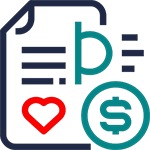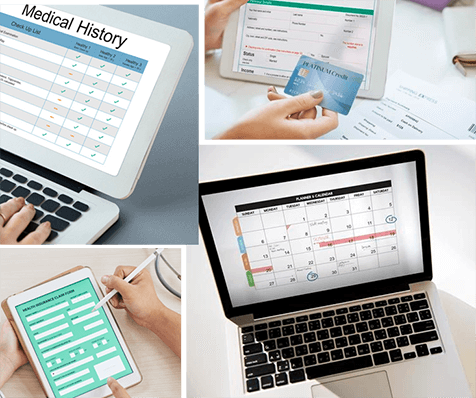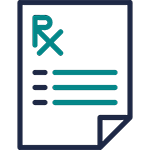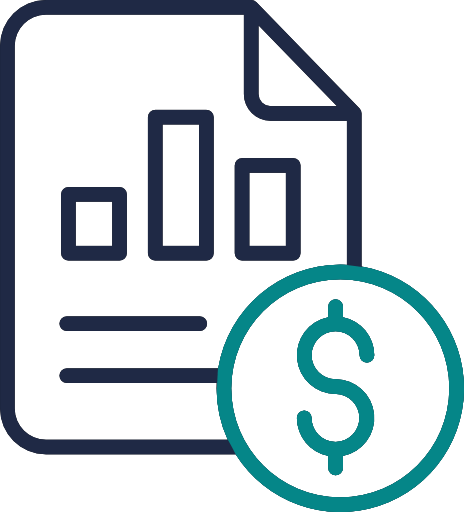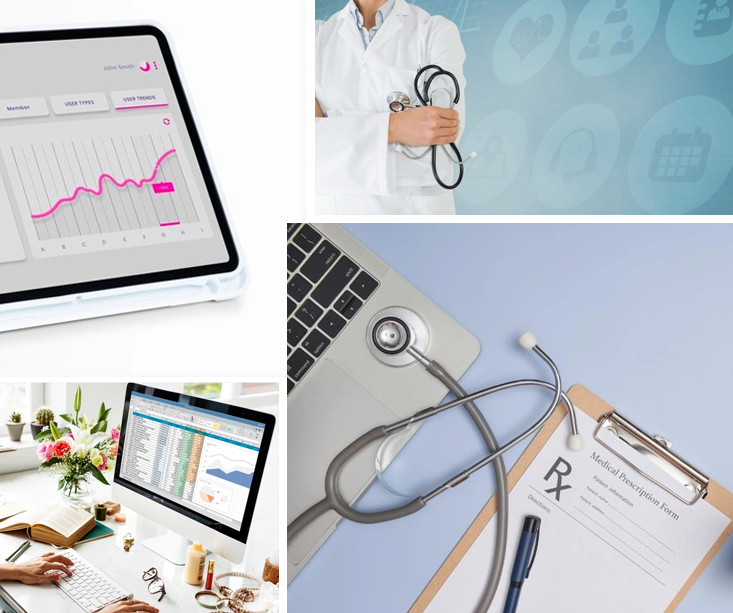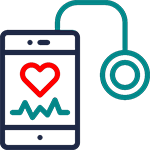Have you ever wondered how technology is reshaping medical billing and credentialing? In this rapidly evolving healthcare sector, understanding these changes is crucial.
This article aims to guide you through the latest trends, challenges, and advancements in these fields. We’ll explore how these developments not only streamline processes but also enhance the quality of healthcare services.
A striking example of this evolution is seen in the realm of medical billing, where technology has reduced claim denial rates by as much as 30% in some organizations. So, are you ready for insightful revelations that are set to transform the healthcare industry? Let’s begin.
Current Challenges and Trends in Medical Billing
Did you know medical billing is often bogged down by manual errors and ever-changing regulations? But, the latest technology trends are here to tackle these issues.
They’re designed to make operations smoother and more accurate. This is a game-changer for healthcare providers’ efficiency and financial well-being.
Technological Advancement in Medical Billing
What’s new in medical billing technology, you ask? The spotlight is on automation and seamless data integration.
Picture this: Electronic Health Records at the heart of billing, blending patient data with billing systems, cutting down errors, and boosting efficiency. Now, add AI and Machine Learning to the mix. They’re not just buzzwords; they’re tools predicting billing patterns, spotting potential errors, ensuring compliance, and hastening reimbursements.
Also, let’s not forget cloud-based solutions – they’re the new secure, scalable, and accessible heroes in billing management.
Healthcare Credentialing / Provider Credentialing
Ever wondered what healthcare credentialing is all about? It’s the crucial process of checking healthcare providers’ qualifications to ensure they meet professional standards.
This step is key to maintaining top-notch care and adhering to regulations. It involves scrutinizing education, training, work history, legal compliance, and certifications. Effective credentialing is the backbone of a trustworthy and proficient healthcare workforce.
Challenges of the Current Credentialing System
Now, let’s tackle the hurdles in the credentialing system. Think long processing times and complex data handling. Manual methods lead to delays and mistakes. The varied credentialing standards across regions and institutions add to the complexity.
Staying up-to-date with numerous regulatory requirements is another uphill task. These challenges can slow down the credentialing process, impacting revenue and patient care quality.
Technological Advancement in Credentialing
Now comes the answer how is technology revolutionizing credentialing? Through digital platforms, data collection and verification have become streamlined. Centralized databases have simplified access and management. Automation is cutting down processing time and reducing errors.
Blockchain technology is also stepping in, ensuring secure, unchangeable record-keeping. These innovations are making credentialing more efficient and reliable.
Emerging Trends in Credentialing
Like you, there are many healthcare leaders curious about the latest trends in credentialing. We’re seeing a surge in big data analytics and AI. They provide foresight for credentialing needs and flag potential compliance issues.
Cloud-based systems are becoming more popular for their scalable, easy-to-access solutions. Integration with other healthcare systems ensures smooth information flow. These trends are transforming credentialing into a proactive and streamlined process.
How Credentialing Helps Increase Revenue & Recognition
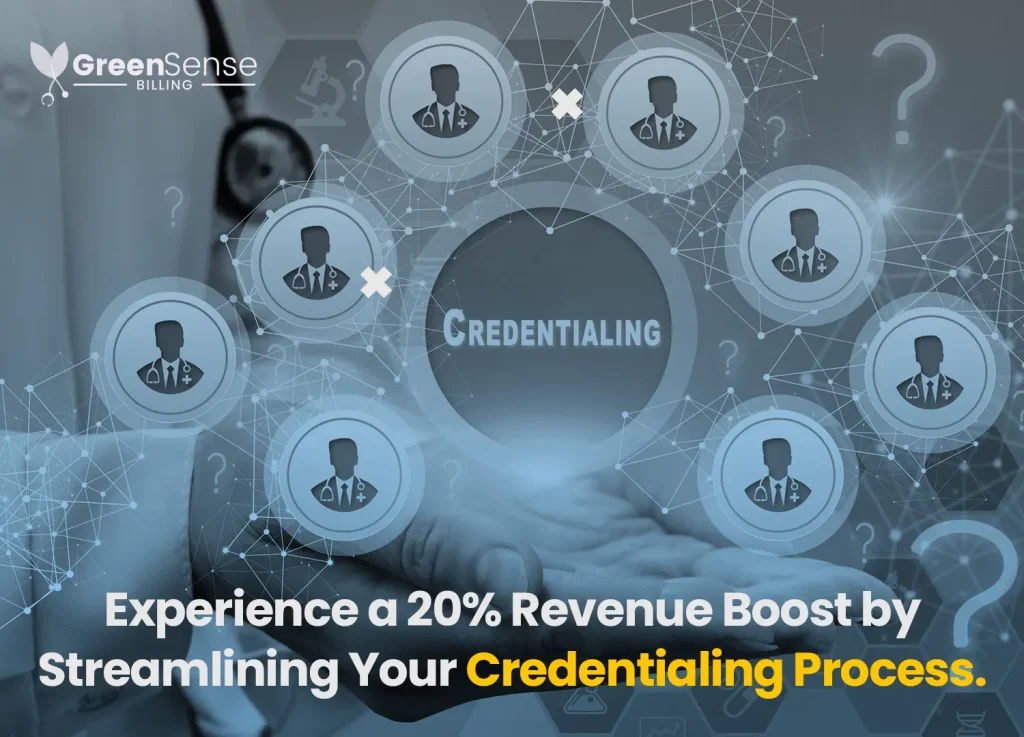
Did you know that effective credentialing can significantly boost revenue and recognition?
A study has shown that efficient credentialing processes can lead to a 20% increase in revenue for healthcare providers. Timely credentialing means healthcare providers can bill for their services without delay, avoiding revenue losses. It also builds a provider’s reputation, reassuring patients of their qualifications and compliance. This trust leads to higher patient engagement and satisfaction.
Credentialing also enables providers to join prestigious networks, expanding their patient base and revenue. Furthermore, providers meeting quality benchmarks set by healthcare payers often see higher reimbursements and bonuses, sometimes as much as 15% above standard rates.
Credentialing & Re-Credentialing
Credentialing and re-credentialing are vital processes in the healthcare industry, ensuring that medical professionals meet established standards for providing quality care.
Credentialing is the initial verification of qualifications and competencies of healthcare officials, while re-credentialing is the periodic review to maintain these standards. These processes are critical for patient safety, compliance with healthcare regulations, and the integrity of healthcare institutions.
Now let’s talk about GreenSense Billing’s role in all this.
We offer comprehensive credentialing and re-credentialing services, streamlining the process for healthcare providers. Our expertise ensures industry-standard compliance, leveraging advanced technology for efficient management. This minimizes errors and speeds up the process.
Moreover, our services allow healthcare providers to focus more on patient care while ensuring timely revenue realization. GreenSense Billing’s holistic approach is a boon for navigating the intricate world of medical billing and credentialing.
Conclusion
In summary, the technological revolution in medical billing and credentialing is a major game-changer in healthcare management. These advancements are not just improving efficiency and accuracy but also boosting financial and reputational gains for healthcare providers.
Keeping up with these trends in healthcare billing and credentialing is vital for continued excellence in patient care and operational efficiency.
Key Takeaways
- Technological innovations are crucial in overcoming challenges in medical billing and credentialing.
- Automation and AI are transforming these fields, enhancing efficiency and accuracy.
- Credentialing technology not only streamlines processes but also positively impacts revenue and reputation.
- Integration of technology in these areas is a continuous process, adapting to new challenges and opportunities.
FAQs
How has AI impacted medical billing?
Artificial Intelligence has significantly transformed medical billing by introducing predictive analytics for claim denials, automating coding processes, and enhancing accuracy in billing procedures. AI algorithms can analyze large datasets to identify patterns that might lead to claim rejections, enabling preemptive corrections. This reduces the time and resources spent on claim resubmissions and appeals, improving the overall efficiency of the billing cycle.
What are the benefits of cloud-based credentialing systems?
Cloud-based credentialing systems offer numerous advantages, including real-time data access, improved data security, and scalability. They facilitate seamless information sharing among various stakeholders, making the credentialing process faster and more efficient. Additionally, these systems can be easily updated and maintained, ensuring that they stay current with regulatory changes and technological advancements. They also reduce the need for physical storage, cutting down on paperwork and related costs.
How does effective credentialing influence healthcare revenue?
Effective credentialing plays a crucial role in healthcare revenue management. Properly credentialed healthcare providers can quickly get approval from insurance companies, which ensures timely and accurate reimbursements for services rendered. This minimizes delays in revenue cycles and reduces the risk of financial losses due to credentialing errors. Moreover, a streamlined credentialing process accelerates provider onboarding, reducing revenue gaps caused by staffing shortages.
What role does blockchain technology play in credentialing?
Blockchain technology is emerging as a potent tool in healthcare credentialing by offering a secure, decentralized platform for storing and sharing credentialing data. It enhances data integrity and security, making it nearly impossible to tamper with the records. Blockchain can also automate the verification process through smart contracts, significantly speeding up credential verification and reducing the administrative burden. This technology ensures transparency and trust in the credentialing process.
How does technology reduce errors in medical billing?
Technology reduces errors in medical billing through automation, electronic health records integration, and advanced software algorithms. Automated billing systems can detect coding errors, flag discrepancies, and ensure that claims are compliant with insurance guidelines before submission. Integration with EHRs ensures that billing codes accurately reflect the services provided, reducing the likelihood of claim rejections due to inaccuracies. Advanced software can also keep track of changing billing regulations and codes, helping healthcare providers stay compliant and reducing the risk of errors.




